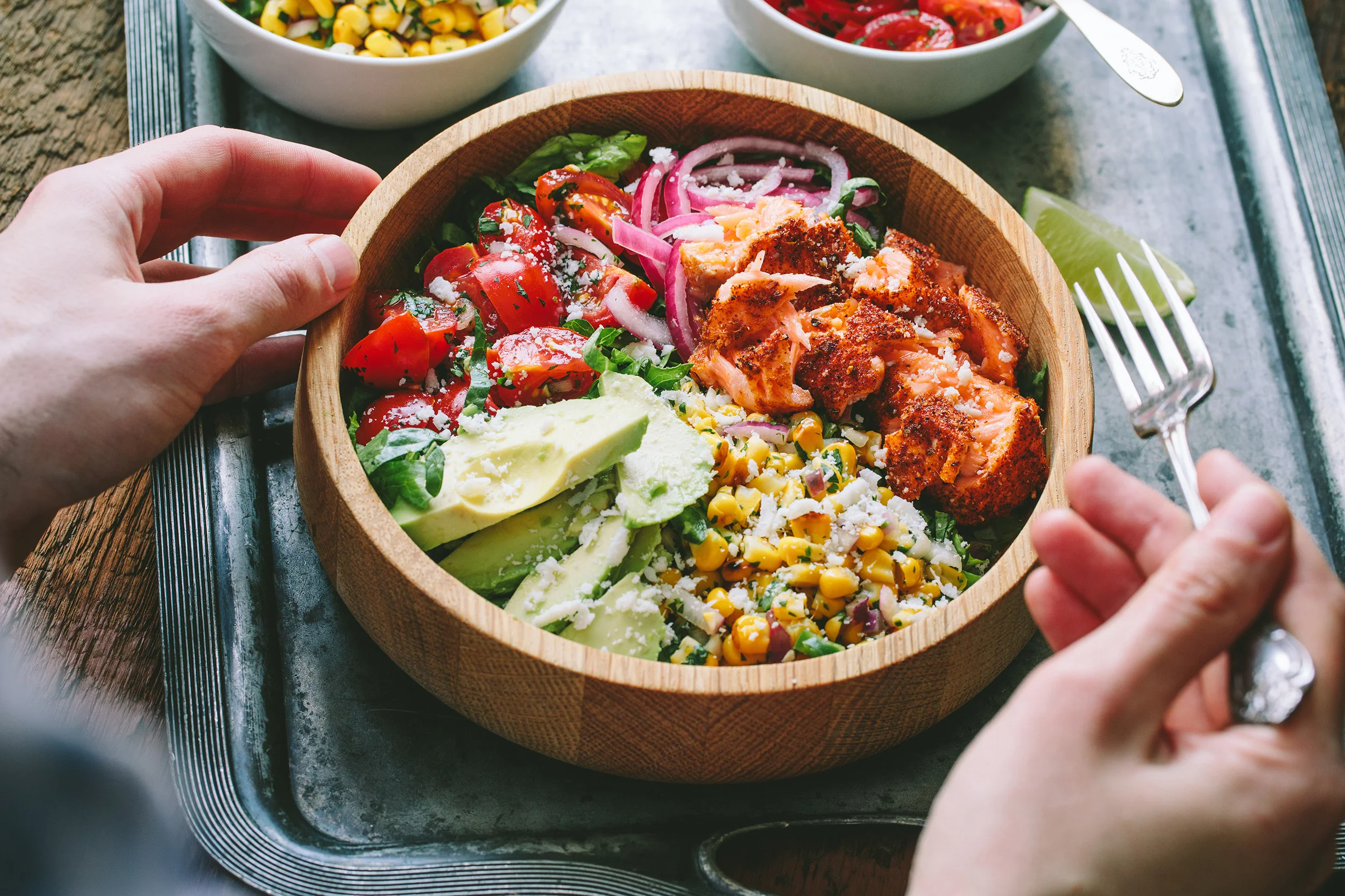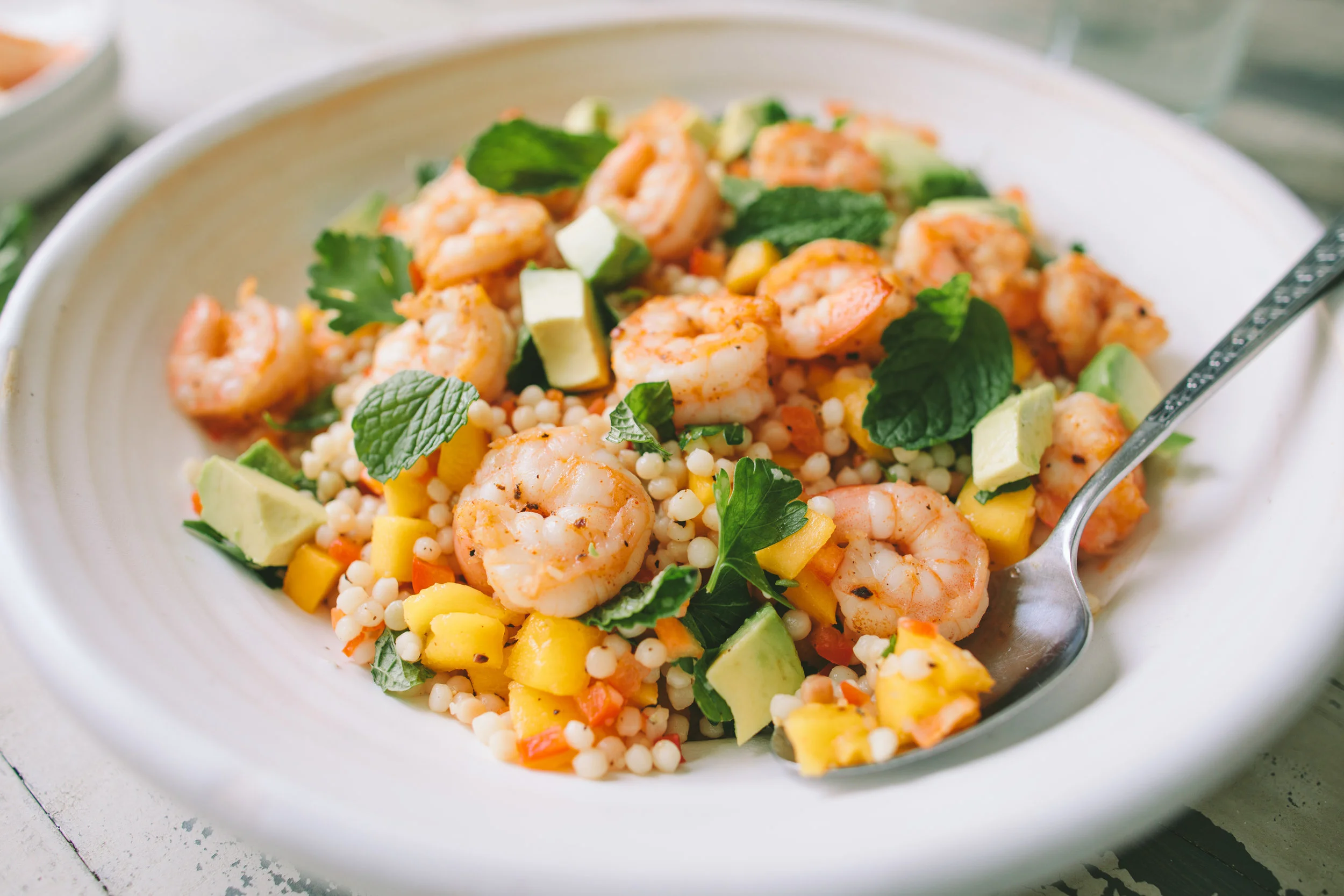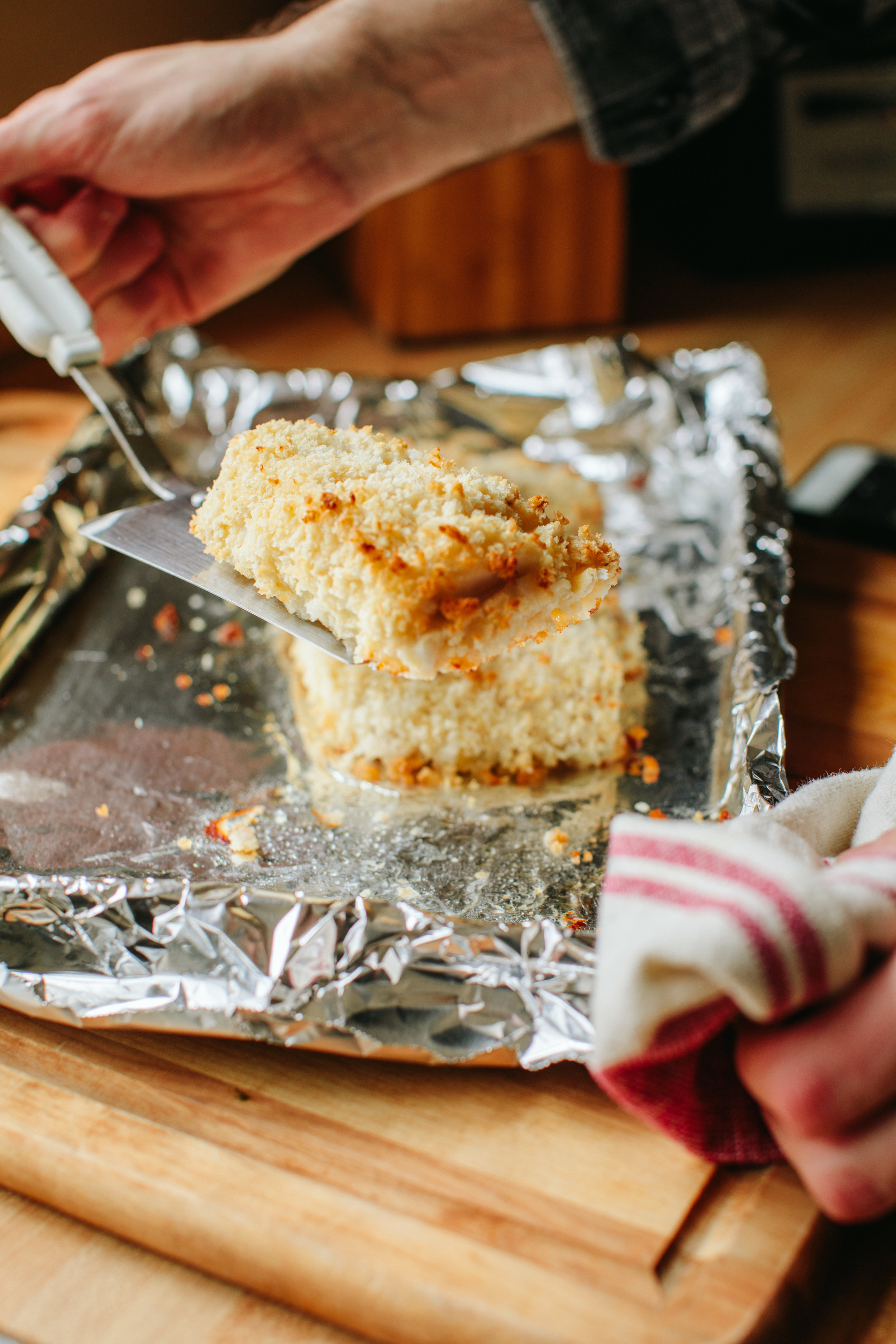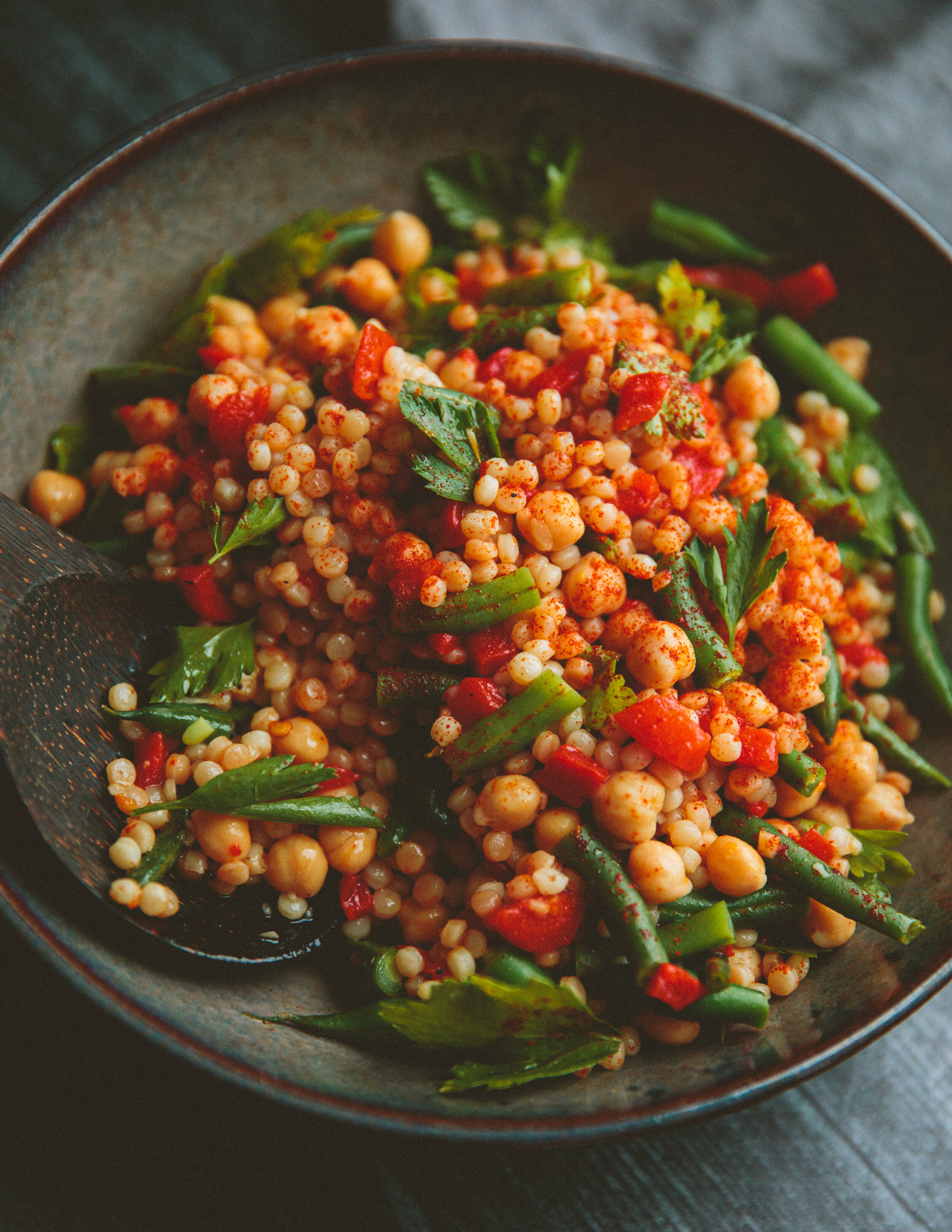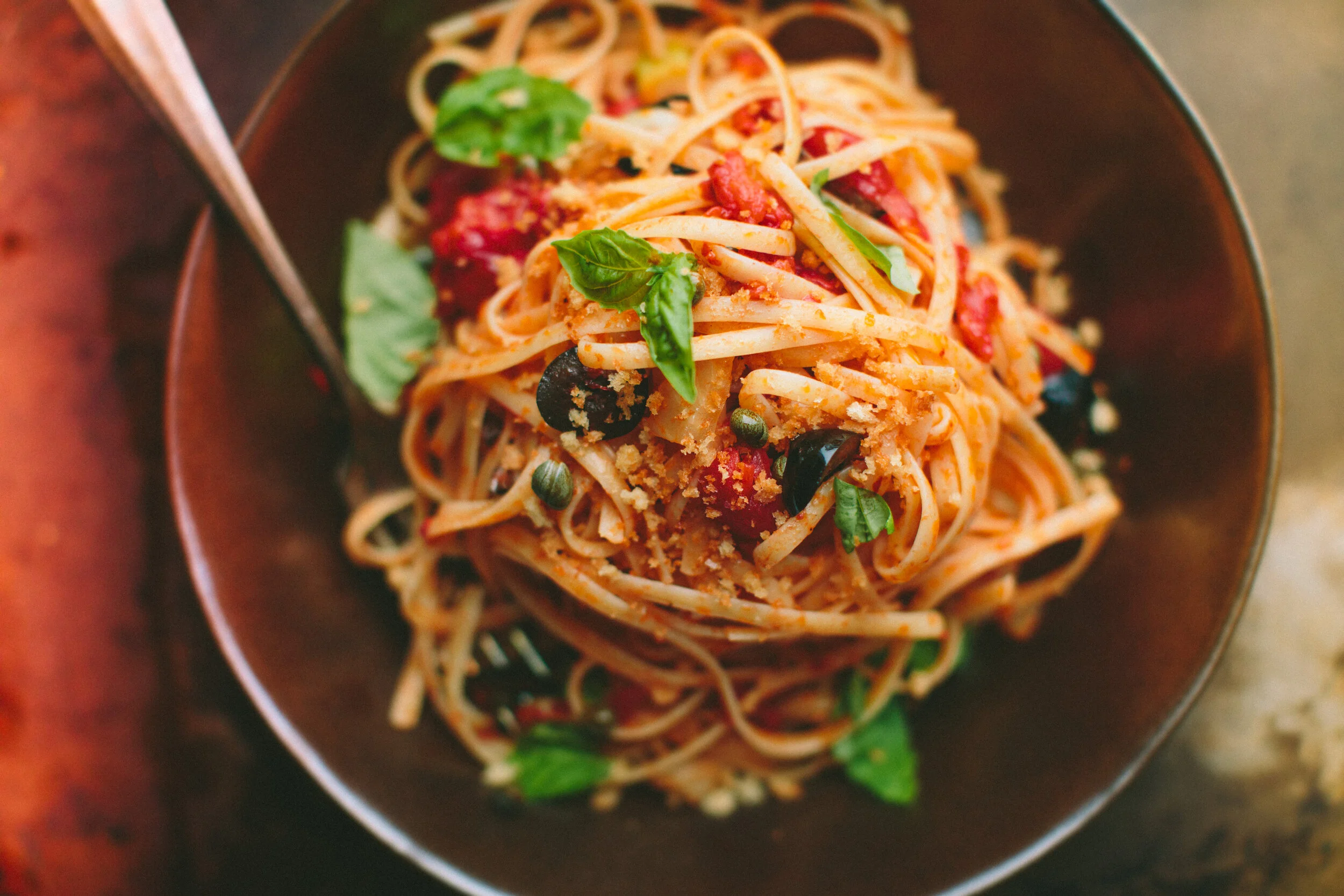This post is sponsored by Thrive Culinary Algae Oil. Thank you for supporting these partnerships. All thoughts and opinions expressed here are my own.
My cooking involves a lot of oil. That's not to say that my food's oily, just that I rely on it as an ingredient for many of our meals. On our counter, there are always a few bottles within arm's reach so I can quickly drizzle over vegetables, add to a hot pan, or whisk in salad dressing. For all of these, I've become quite fond of Thrive Culinary Algae Oil. Now, I'm often skeptical when someone reaches out to me with a product I've never heard of. It rarely falls in line with my cooking style. But I've been using Thrive in almost everything I've made these last few months, and it's found a permanent place in our kitchen.
When I'm looking at oils, my main priority is that they do what they need to do and I've found that Thrive is a great multi-purpose oil. Its high smoke point (up to 495 degrees F) is perfect for frying, searing, sautéing and roasting. Its neutral taste is ideal for salad dressings and homemade mayonnaise. The added benefit is that Thrive is high in monounsaturated fats (the good kind of fats), making it an excellent alternative to butter and other cooking oils for those looking to help maintain heart health.
This recipe felt like an appropriate way to showcase the versatility of the oil. Here I've used it in a variety of ways... roasting the garlic, preparing the aioli, and for baking the fish... resulting in a satisfying sandwich you can sink your teeth into.
Curious to try Thrive Algae Oil out yourself? Well, they have generously provided a bottle of oil to three lucky winners!
Giveaway Details:
To enter, leave a comment on this post telling me what your favorite sandwich toppings are. Eligible to US residents only (sorry international friends)! Giveaway ends at 12PM EST on Friday, February 23, 2018. The winner will be notified via e-mail. If the winner does not respond within 48 hours, another name will be drawn. (Note: Be sure to fill out the e-mail field in the comment form)
BAKED HADDOCK SANDWICH WITH ROASTED GARLIC AIOLI
Servings: 4 sandwiches
Ingredients:
For the baked haddock
1 1/2 lbs haddock fillet, cut into 4-ounce pieces
1/4 cup all-purpose flour
1 1/2 cups panko breadcrumbs
2 teaspoons salt
1 1/2 teaspoons black pepper
2 large eggs
Thrive Algae Oil
To assemble burgers
Hamburger buns
Garlic aioli
Tomato slices
Pickle slices
Directions:
Preheat oven to 425 degrees F. Line a baking pan with aluminum foil. Using a baking brush or paper towel, spread 1 tablespoon oil on foil.
Add flour to a shallow dish. In another shallow dish, add the panko breadcrumbs. In a shallow bowl, whisk together the eggs.
Season haddock with salt and pepper. Dredge in flour, then egg, and finally panko. Transfer to baking pan. Repeat with all fillets. Bake in oven for 18-20 minutes, until flaky and golden brown.
To assemble the sandwiches, spread garlic aioli on both halves of the hamburger buns, add a tomato slice to the bottom, followed by the fish and the pickles. Top with the second half of the bun.
ROASTED GARLIC AIOLI
Yield: 1 cup aioli
Ingredients:
Whole head of garlic, outer skin removed
3/4 cups Thrive Algae Oil, plus more for drizzling on garlic
1 large egg yolk
Juice of 1/2 lemon
1 teaspoon salt
Directions:
Preheat oven to 400 degrees with the rack positioned in the middle.
Using a knife, trim 1/4" off the top of the head of garlic, which will reveal the tips of the cloves. Place heads of garlic (you can do 3-4 at a time), in the center of a large piece of aluminum foil. Drizzle a few teaspoons of the oil on top of exposed garlic cloves. Wrap tightly in aluminum foil and transfer to oven. Bake for 55 minutes (checking after 40 minutes), or until it turns a golden brown color.
Let the garlic cool before handling. Press the bottom of the clove to push it out of its skin. The garlic can be used immediately or stored in the fridge for up to 2 weeks.
To make the aioli, mash the roasted garlic in a large bowl until it turns into a paste. Add egg yolk, lemon juice, and 1 teaspoon salt and whisk to combine. While whisking, slowly drizzle in the oil until the mixture begins to emulsify. Continue to whisk in the oil until mixture has achieved a thick, mayonnaise-like consistency. Alternatively, this can be done using an immersion blender by placing the ingredients in the cup of an immersion blender and blending until it forms an aioli. It can be stored in an air-tight container in the fridge for up to 3 days.


